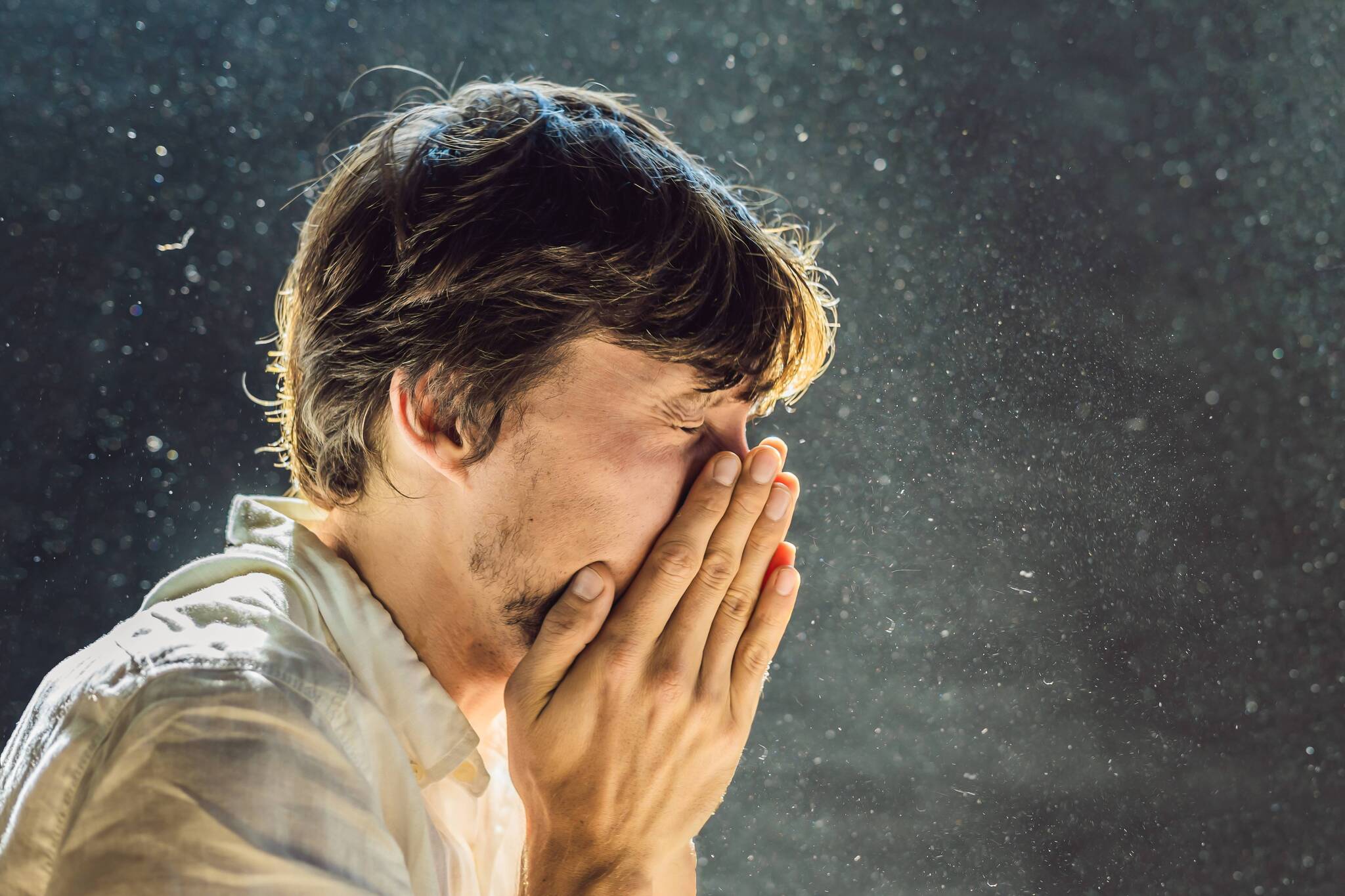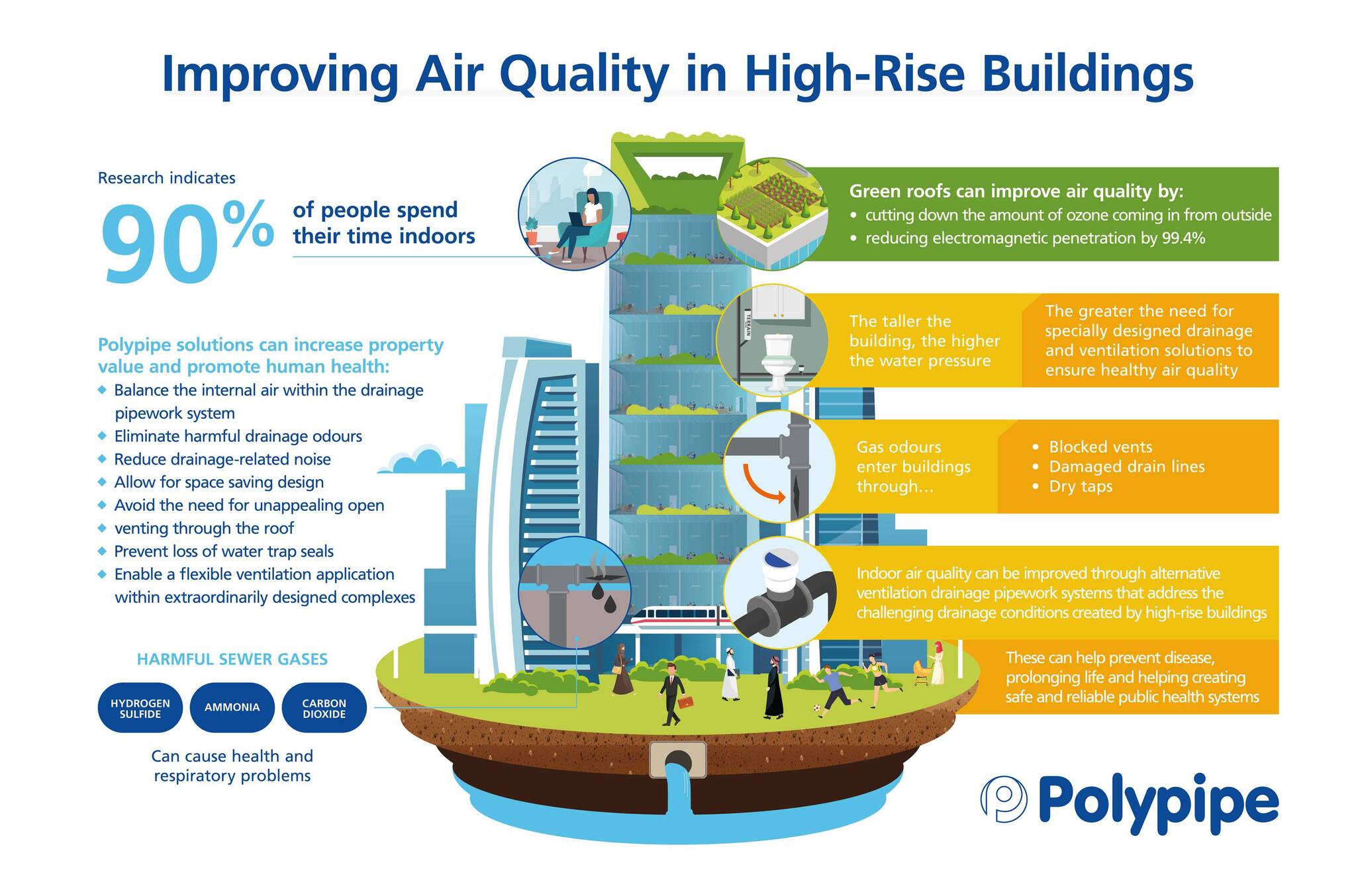Healthy Built Environment Equals Increased Property Value. Here’s How….
Sunday 20th October 2019

Rapid urbanisation has been prompting the transformation of cities all around the world. With change comes the opportunity to find new and creative ways to improve quality of life and the health of our planet.
Due to unprecedented population growth, we are currently experiencing increased vehicles on the road, higher demands for fossil fuels and elevated carbon dioxide emissions; so, it’s no secret that outdoor air pollution is on rise. Think you’re safer indoors then? Well, think again…
Studies have found that the concentration of indoor air pollutants can actually be two to five times higher than in outdoor environments!
What’s more? According to the US Environmental Protection Agency (EPA), we spend approximately 90% of our time indoors. In recent years, there has been a rise in the occurrence of building-related illnesses, provoking a shift in focus onto indoor air quality- now considered as one of the top environmental risks to public health worldwide.
Fortunately, environmentalists, governments, architects and developers are embracing more sustainable solutions to create safer communities and prevent wider environmental issues, while simultaneously providing significant social and commercial benefits for the people involved.
Common Factors Affecting Indoor Air Quality:
Poor indoor air quality in buildings can:
- Decrease quality of life for occupants
- Cause health risks
- Increase liability for building owners
- Impact productivity of occupants
- Reduce resale value
Indoor air quality is compromised because of many factors including improper building design, inadequate ventilation and presence of volatile organic compounds (VOCs) from furniture, carpets, paints and cleaning products.
Leaks, mould and poor ventilation can cause foul sewer odours in buildings, a common concern in both residential and commercial buildings in the region. Unfortunately, these odours are intensified by poor ventilation and improper building design.
Odours enter buildings through blocked vents, dry taps and damaged drain lines and can cause a number of health and respiratory problems by leaking various harmful toxins into the air such as:
- Ammonia
- Carbon Dioxide
- Hydrogen Sulfide
- Methane
Furthermore, naturally occurring airborne particles such as dust, dust mites, bacteria, pollen and animal dander also contribute to poor air quality.
And then there’s VOCs. These are compounds that easily turn into vapour or gas. Exposure to high levels of VOCs are known to cause headaches, dizziness, nausea and other health problems.
Clearly, the need to address indoor air quality is vital. Solutions that improve indoor air quality can help prevent disease, prolong life and promote human health by creating safe and reliable public health systems that won’t cause further problems for communities down the line.

How Can Improving Air Quality Increase the Value of Your Property?
Ultimately, occupants seek to live and work in safe and healthy environments. Ideally, architects, designers and developers aim to create such environments in a way that enables the best possible ROI on buildings. The creation of green spaces and buildings can help achieve these goals.
Going greener for your building can actually increase property values by up to 20% and result in a significant improvement in LEED ratings, increasing sales prices by up to 30%.
Incorporating green spaces into buildings, such as green roofs, is an increasingly common way to enhance building sustainability and function. Green roofs improve air quality by cutting down the amount of ozone coming in from outside and also by reducing electromagnetic radiation penetration by up to 99.4%.
Aside from enhancing human health and increasing biodiversity, these typically unused spaces can be commercialised for urban farming, car parks, cafés, sports facilities and more, to suit the needs of the building occupants.
The key to the sustainable development and operation of high-rise buildings is incorporating alternative drainage and ventilation systems, specifically designed to work with the height and complex architecture of high-rises buildings.
Contact us today to discuss the transformative solutions for your project:
Tel: +971 (0) 4 518 3000
Email: middleeast@polypipe.com


